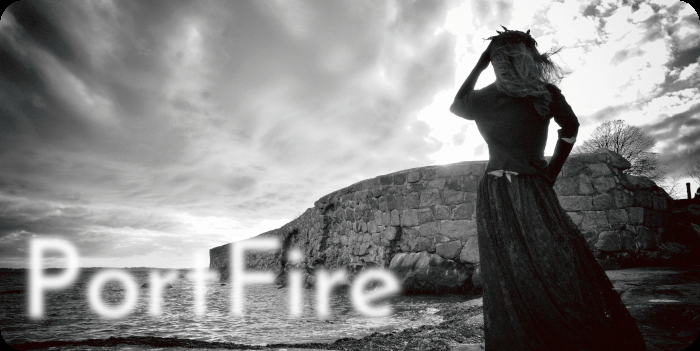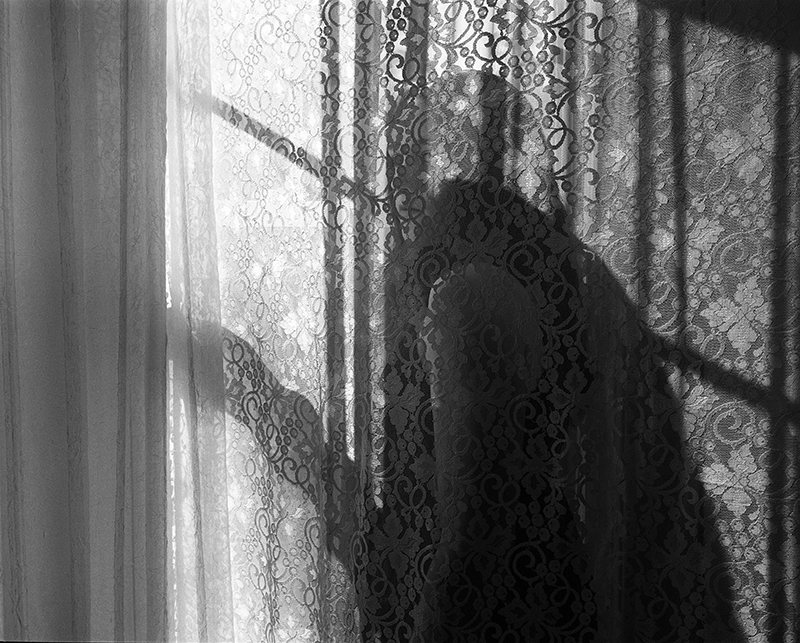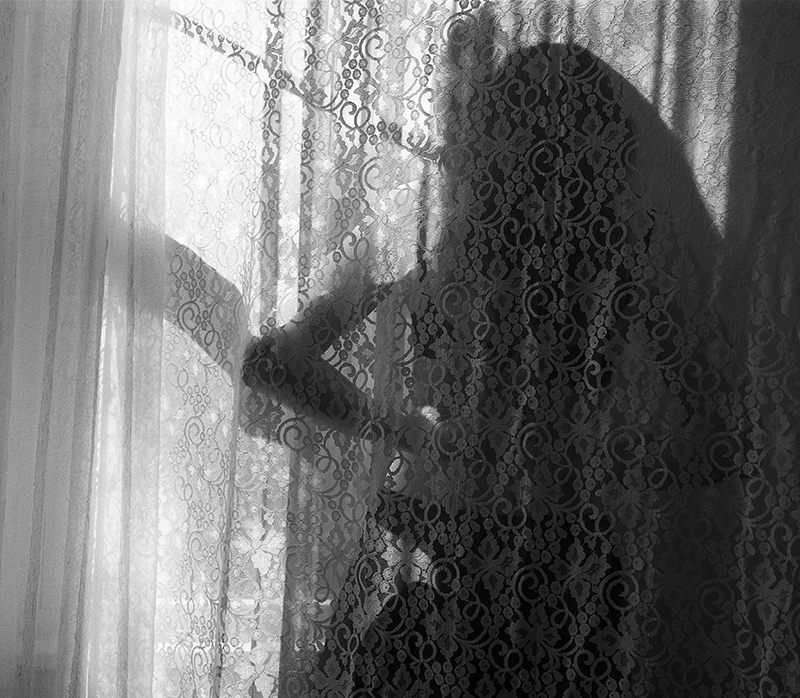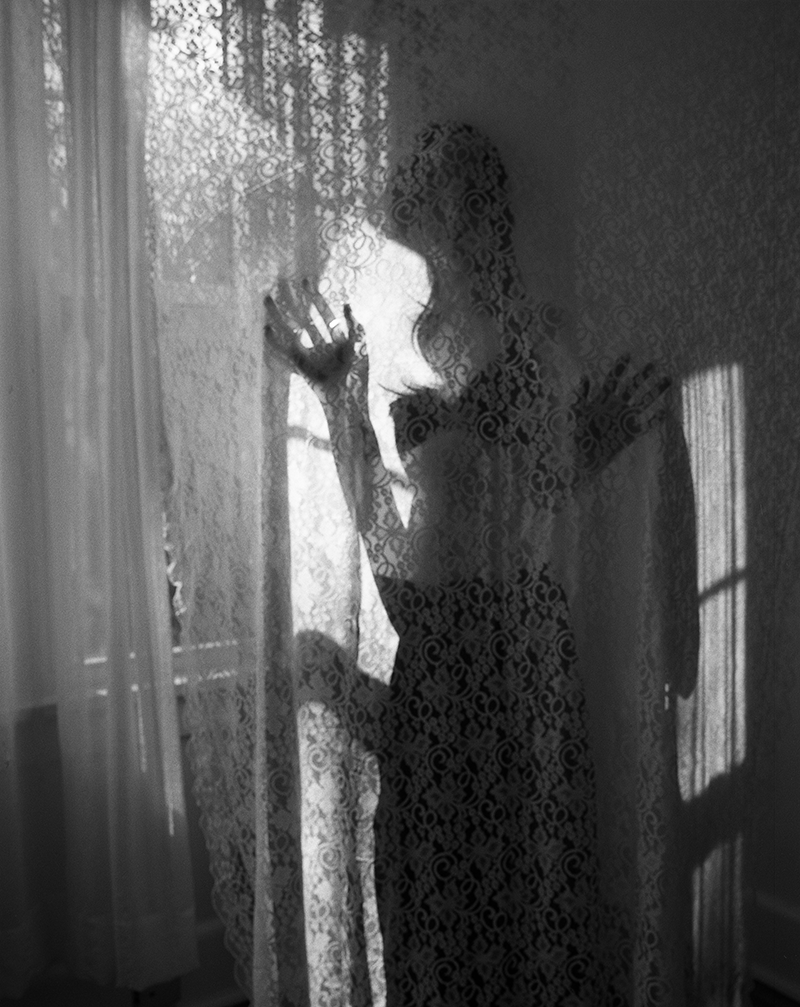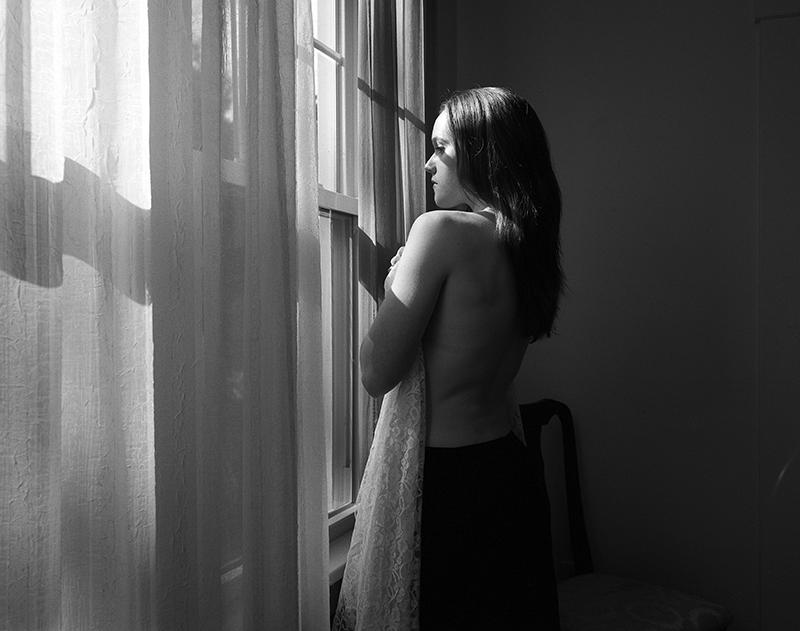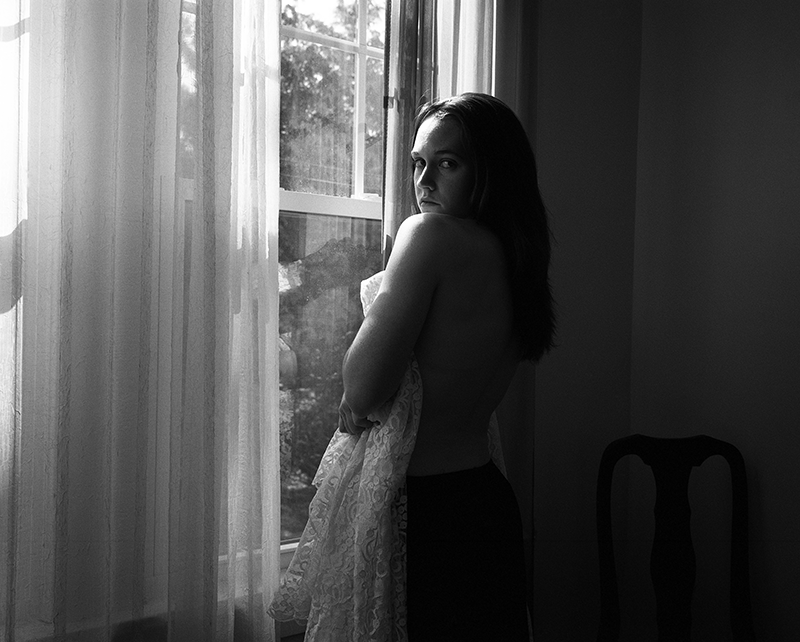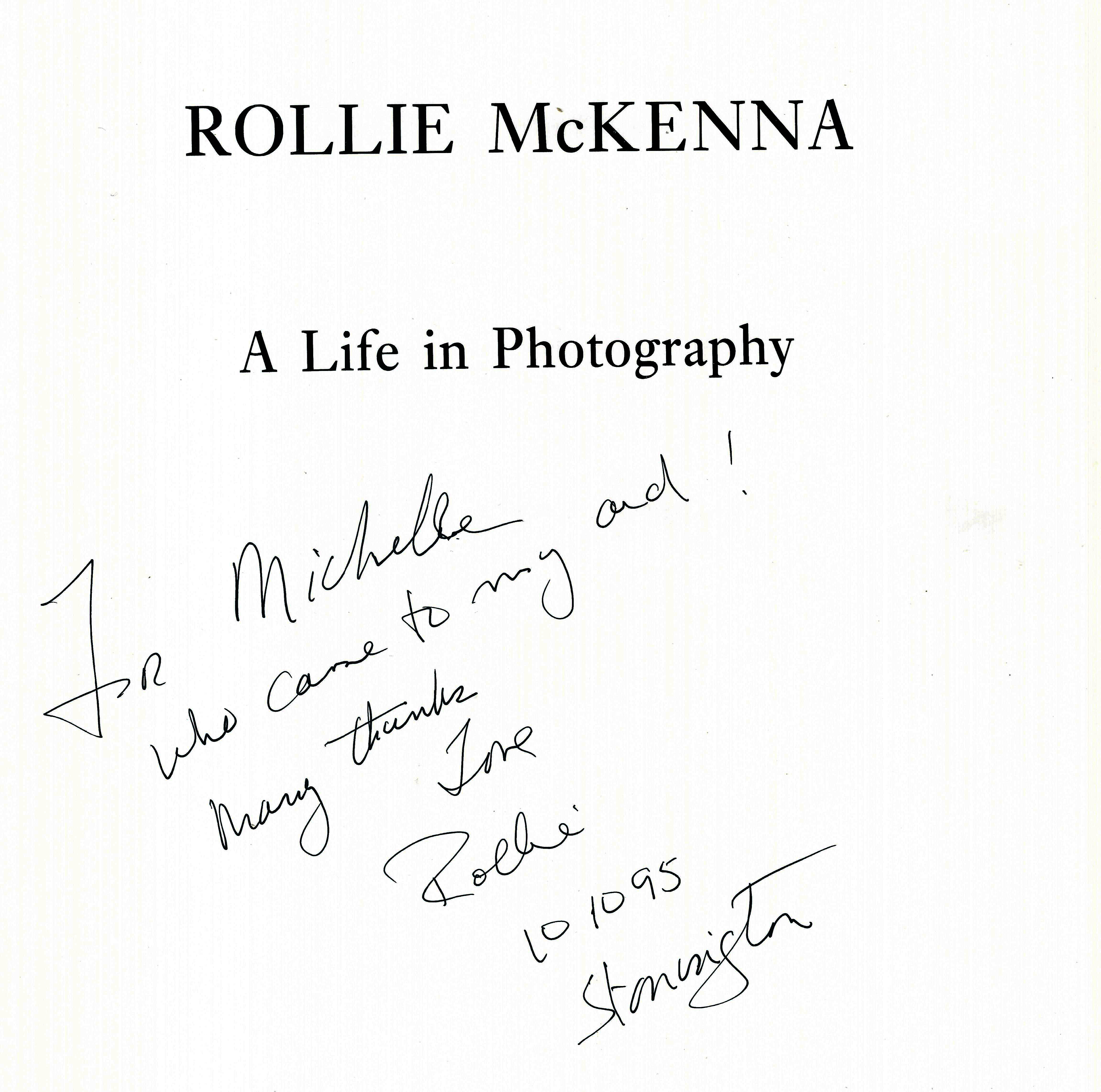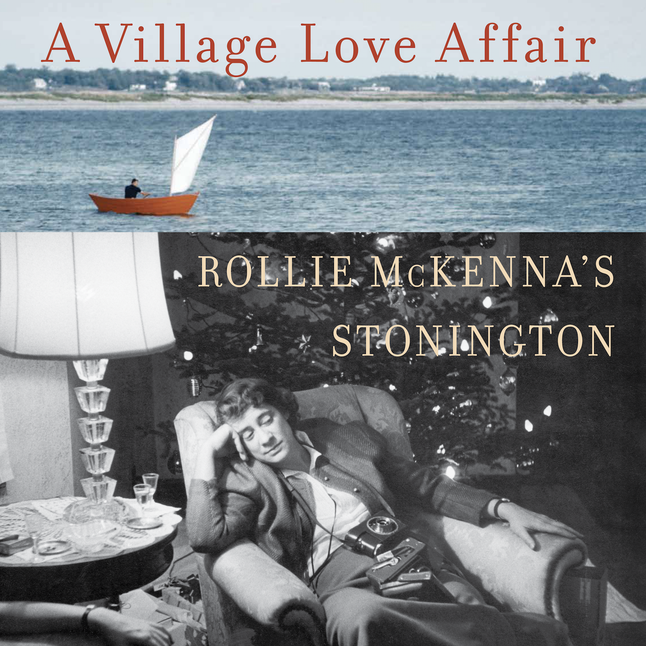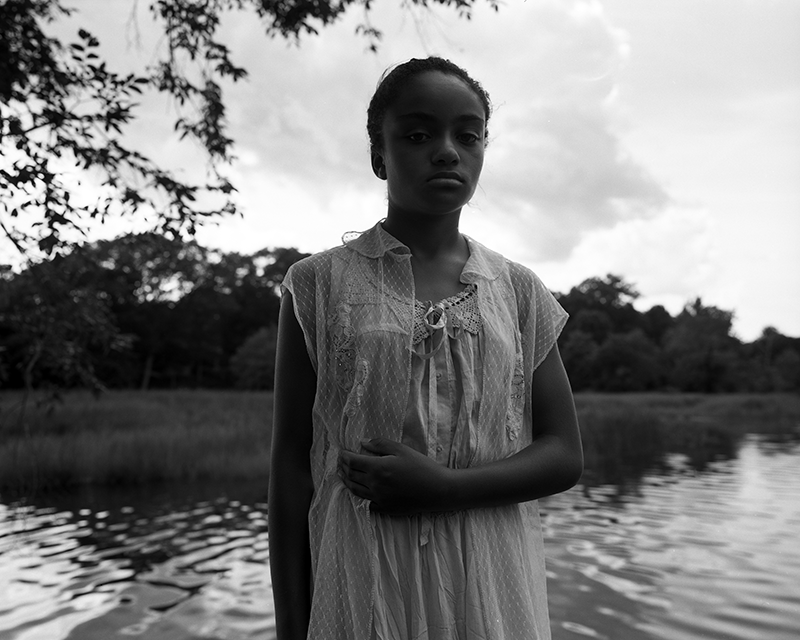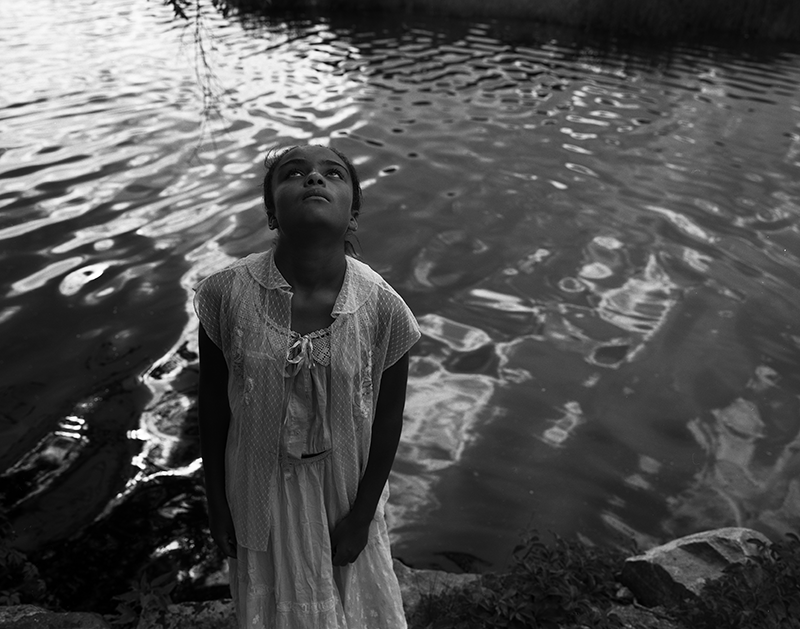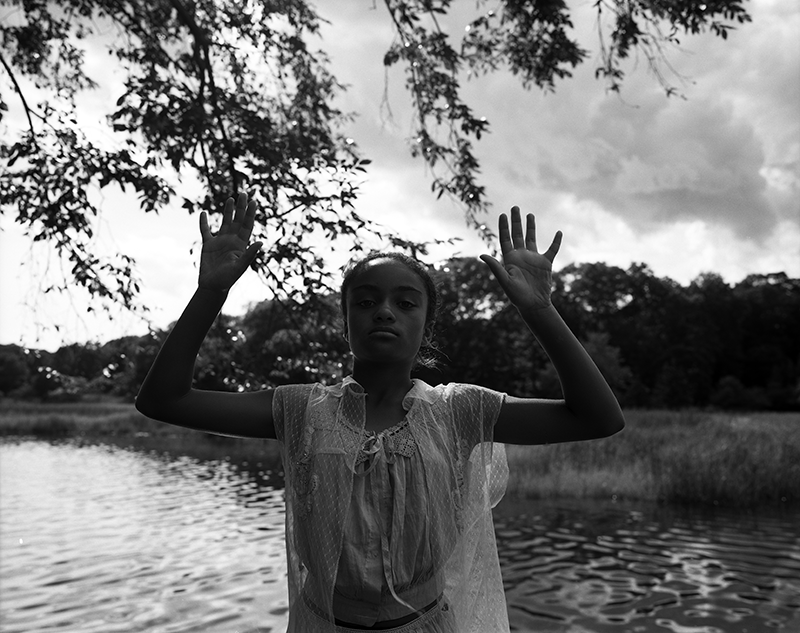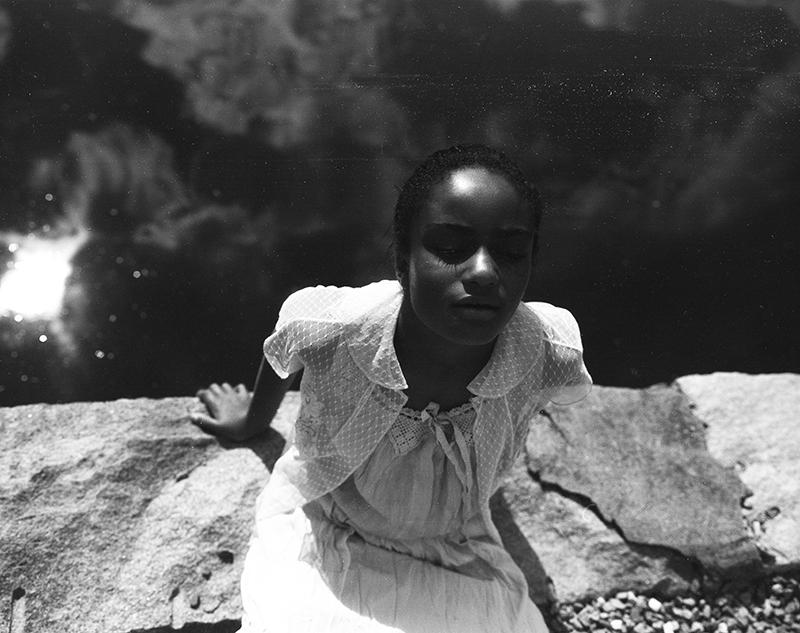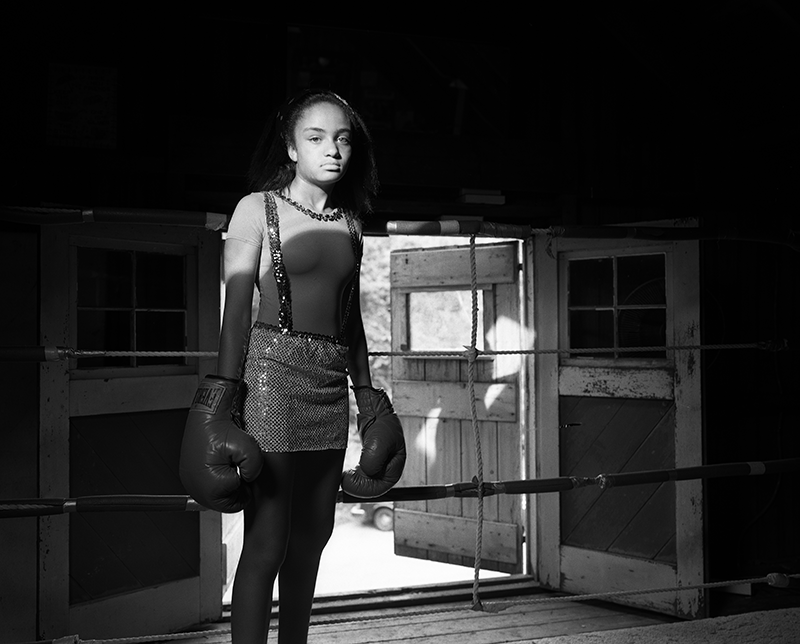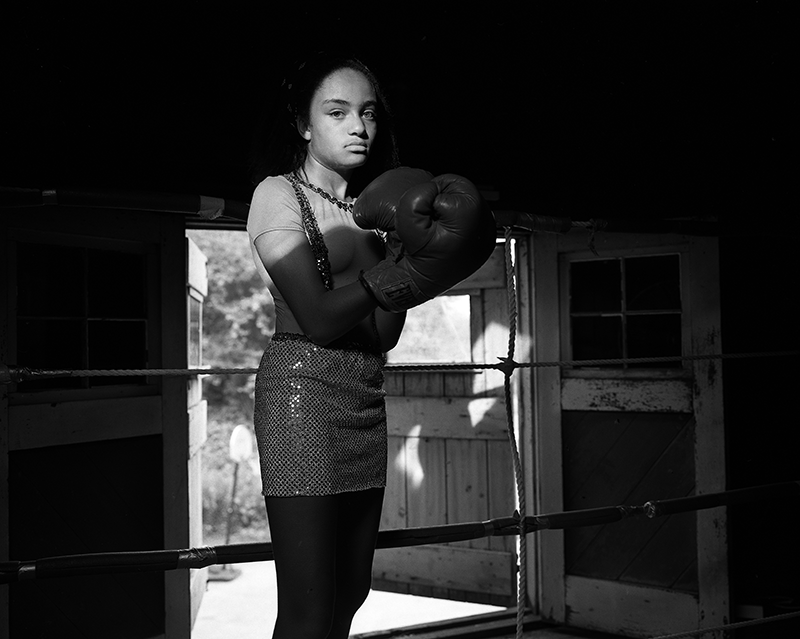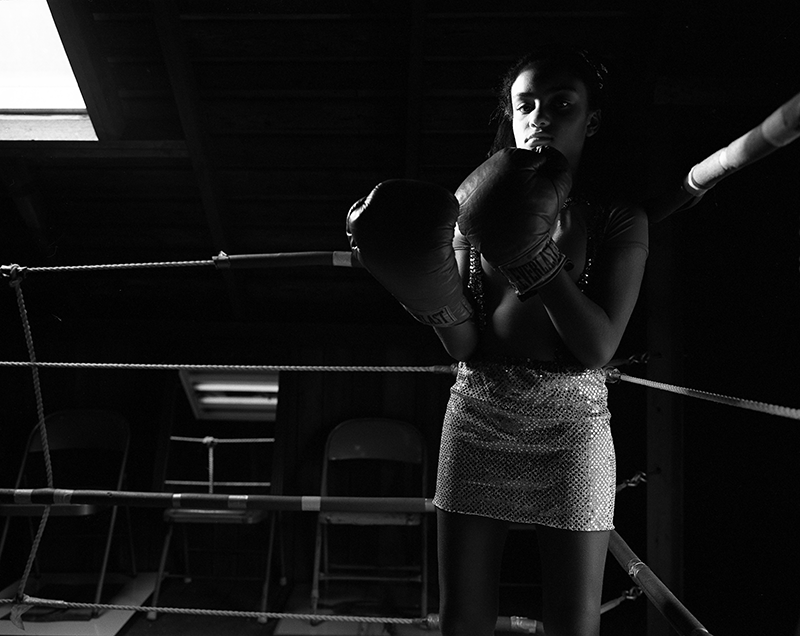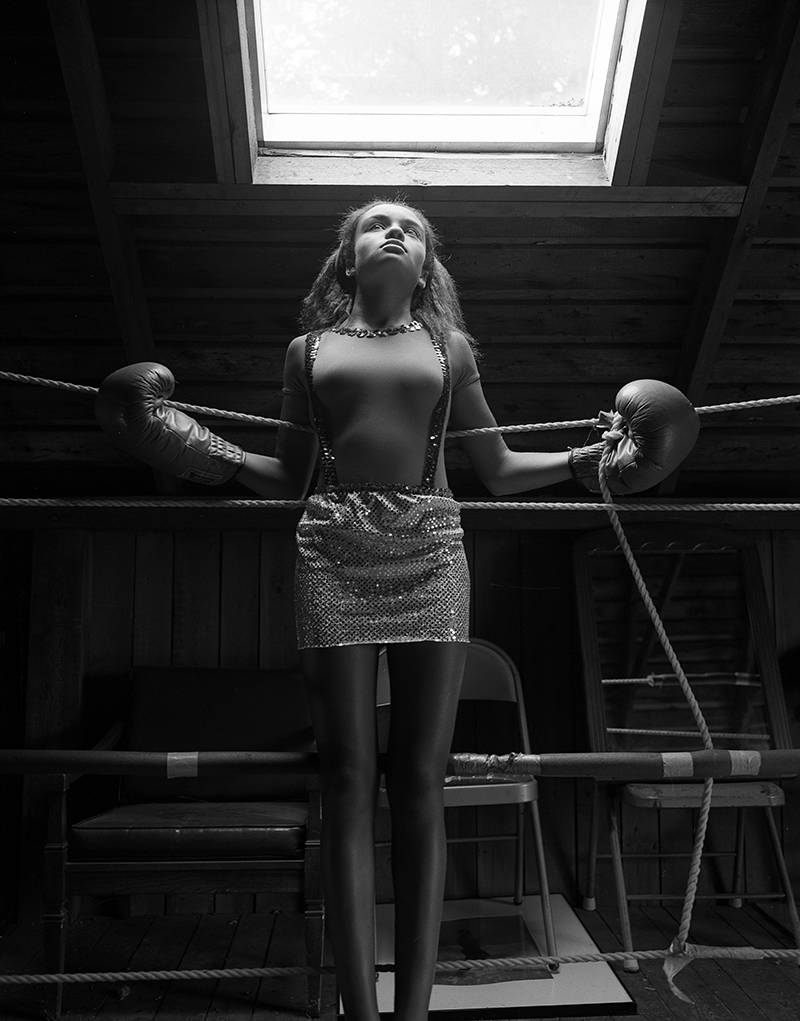Posts
I Owe Dave Spinelli A Letter
Remember when we really liked and believed in each other
and we thought we could never be any further apart
that we could only get closer
Thinking about it restores it partially
Feeling around for where it might be now
The feeling of heightened connection
is a memory with a wire in it
and occasional spark
The memory of the present moment
Awakening that unleashed momentum
The rapture of the present tense
Ripple unsettling glass
Remembering more
Instills it more
Unpublished moment
Walls dusted with sunshine
the whole of humanity on display on the empty street
A display of the obvious corruption of our hearts
Surrounded by defensively hard surfaces
Hydrants hopeful for fire
dressed red
Research on resentment
It’s how it makes you feel
It’s never the other person
she says
A trope that rings fresh
It’s never the other person
Dream of her with horses
patting their saddles & cotton faces
Kissing me upside down
So her bottom lip is
In my mouth
So I am alone with my body and
her mouth
She shows me more pictures of horses
There is someone else in my bed
In the elevator
I raise my arms and
Try to feel flight
Its the success of hopeless gestures that awakens my soul again
I owe Dave Spinelli a letter in the worst way
The Initiation of Conscription
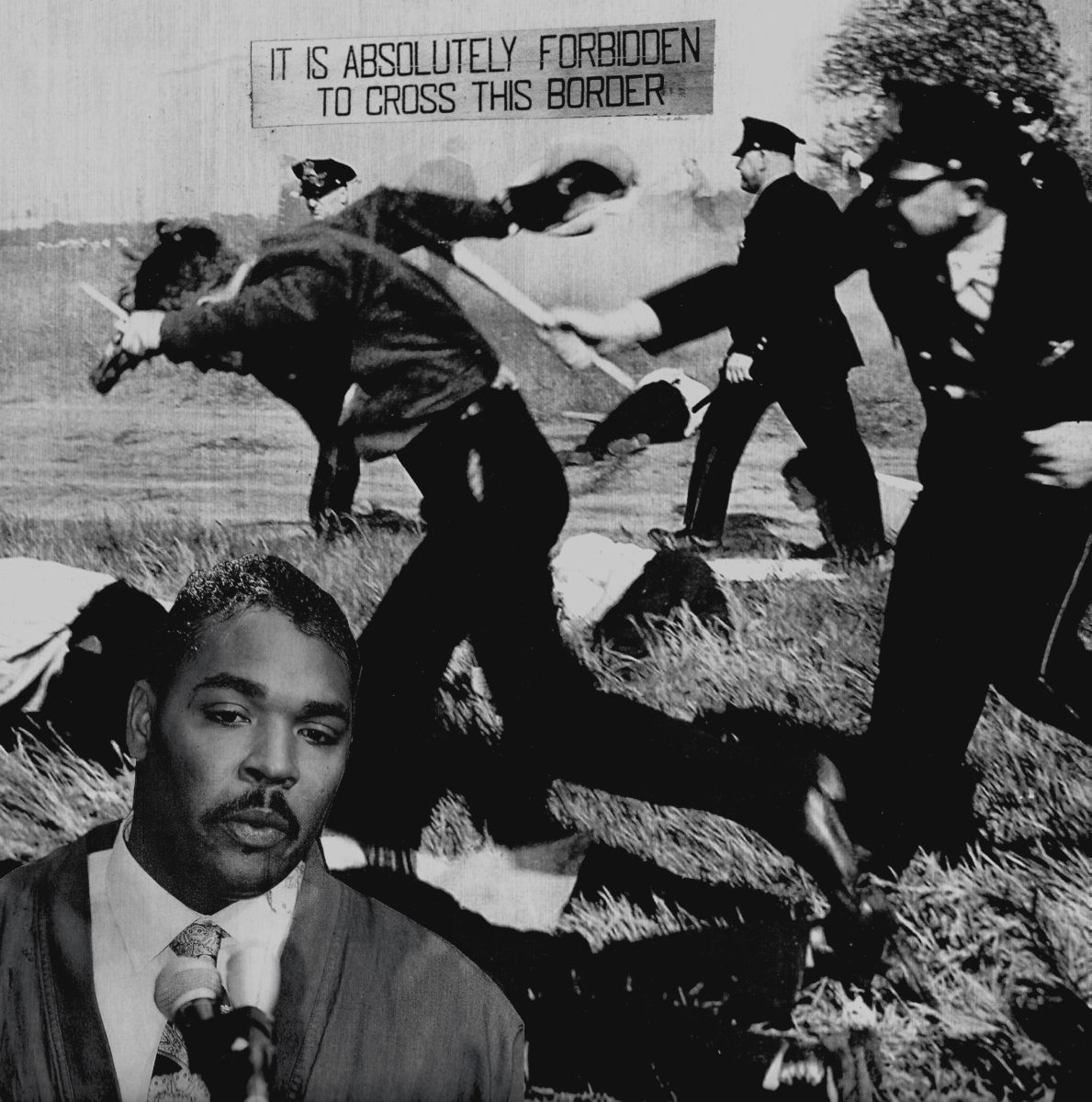
Mystic Mythology: Skateboarding Part 1.

Welcome to the first installment of Mystic Mythology: Skateboarding. During the late 1980s and early 90s, Mystic Connecticut was a bustling hub of skateboarding activity. The merchants hated us, the jocks and jerks wanted to beat us down, and the cops did their best to arrest us. It was kind of an ass-backwards paradise for us punk-rock misfits and I don’t think any of us would have had it any other way. *Please note: some of the details here have been blurred, not for the purposes of artistic license, whatever that means, but due to the fact that I wasn’t taking notes back then, my only access to photography was an OLD Kodak Instamatic, and, quite frankly, I’m getting old. Welcome to part one.
When I turned 12, way back in 1980, I got the one and only thing I wanted for my birthday; a plastic yellow skateboard. It had translucent yellow wheels, loose and loud ball bearings, a tiny kick-tail, and an even smaller pointy nose. I saw it in the Benny’s department store in downtown Groton near the bikes my parents couldn’t afford and I became obsessed with it, pestering them every time we stepped into that store.
After months of begging, cajoling, and promising that I would be careful to not hurt myself, my fantasy of becoming a skateboarder became a reality. On the last day of November, that little skateboard was mine. It did, however, come with a catch, I could only ride it if I promised to wear a helmet. I was crestfallen. If that wasn’t enough, my parents, without consulting me, had gone ahead and purchased a helmet for me and it was quite possibly the most hideous thing I’d ever seen. Instead of an actual Pro-Tec skateboard helmet, my parents purchased a Cooper SK 100 hockey helmet that looked like it was made out of plastic milk jugs. Imagine, if you will; an awkward husky kid from a trailer park, wearing off-brand shoes purchased from the Railroad Salvage store and thrift store ToughSkins showing up at the quarter pipe some older kids built while wearing a beacon of ignorant geekdom upon his head. Let’s just say I wasn’t welcomed with open arms.I was determined, though, and didn’t let those gawking teenage boys bother me. Growing up in a trailer park had prepared me for a life of derision. Instead of trying to overcome the perceived adversity, I would walk past, doing my best to ignore the taunts, and head up the hill behind my house to figure out how to ride that useless plastic toy.
On day one, despite countless promises to be careful and not hurt myself, I did exactly that. On day one I learned two very important lessons: what speed wobbles are and what road rash is. My mother was not impressed.
Covered in scabs, but undaunted, I persisted. On day two, the speed wobbles also persisted, but it was on that day that I learned the importance of “run-out.” This gently curving road had two distinct sides to it: the safe side, with sloping manicured lawns, and the suicide, filled with rocks, briars, and trees. On day two, I discovered that bailing at speed onto a nice, soft lawn required almost no first aid, only soap and water.
Bombing hills, surreptitious trips to the quarter pipe, and the occasional trip to a reservoir spillway that later became known as the Fish Ditch was my entire world for the first two years of being a skateboarder. I didn’t need anyone or anything else and that suited me just fine. At the time there was no way I could predict what skateboarding would come to mean to me, what doors it would open, or how it would be the common ground on which most of my adult relationships would be founded. That little, yellow skateboard, after all, was just a silly plastic toy purchased from a discount department store in the submarine capital of the world.
“The Samurai In Autumn”
The Manager
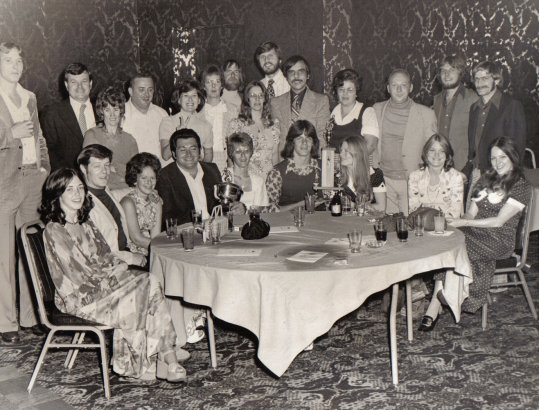
The Manager
on game days, my mother would fill paper grocery bags
with popcorn cooked on our kitchen
stove. the pots were lined with a thin layer
of vegetable oil, heated to the point
where kernels popped on contact.
these bags of popcorn kept the kids
distracted during the tedious
company softball games.
my father had achieved the position
of manager for the company team.
it was a desirable position within the
Pfizer Athletic Department;
and he was quite aware of that.
the Pfizer team participated in tournaments
throughout Greater Southeastern Connecticut.
my brother and me
spent many weekends in
Baltic, Norwich, and Stonington;
collecting empty soda and beer
cans in exchange for soda and bubble gum
at the concession stand.
my mother’s first boyfriend
after my father walked out,
loved his Coca-Cola.
he bought it in 40 oz. bottles,
a quarter inch thick, with impeccable
label printing. the deposit value was
clearly marked on the paper banded neck.
“40 cent deposit”
he would give my brother and me
five empty Coke bottles
every Friday night.
that worked out to $1.00 for each of us.
we applied this approach on the
gravel parking lots of various
municipal recreation areas.
maximize the potential.
the tournaments were a temporary
sentence;
we tried to make the best of it.
i kept thinking someone would ask us:
“hey, why are you kids going through the garbage?”
during our search for
returnable
soda
cans
Meeting Rollie McKenna
Suddenly, in the last week of August of 1995, I needed a new job. I had been raised in the family business in Downtown Mystic, A Stitch In Time Boutique, and had acquired a fledging interest in fine art photography through a young roster of poets and musicians in my hometown. I was introduced to a new Rock and Roll family now, and I had made significant forays into local exhibitions and publications, and had set up my own darkroom in our rented artist collective in Stonington. In fact, it was a fellow artist in our homegrown art scene that told me that Rollie McKenna lived in town, and she was an important literary photographer, having photographed the likes of Sylvia Plath, Dylan Thomas, and many others. Albert was always incredulous as he stated, “and she lives right here in Stonington!” So, on August 31, 1995, I took the phonebook out, paged to the listings for “M”, and found “McKenna, R” in Stonington, Connecticut at 1 Hancox Street, and I dialed her number. She answered the phone, and I introduced myself as a photographer who was looking for a job, “did she need anybody right now?” She said, “As a matter of fact…I need someone to do some research for me, as I’m working on another book.” I answered promptly that I could help her out, so she suggested that I come to her house the next day so we could meet in person.
We sat on the back patio overlooking Sandy Point, and discussed her new project. She had published her autobiography, A Life in Photography (Knopf 1991), and in 1995, she was looking to complete a visual timeline of the many poets and writers that she had photographed in the 1950s through the 1980s. The new book would feature each writer with an older photograph, next to a brand new photograph, along with a short biography of each writer that I was being hired to write, and a piece of “new“ work, by each writer, that Rollie called a “gleaning”. I clearly had the easiest job, as it would prove challenging to get some of the writers to sit for a new photo, and produce new work. The time that had elapsed between each earlier portrait and also their literary output was the overriding factor. The photographs captured the vanity and vulnerability of her subjects. But she was fearless in her vision, and she parlayed that same enthusiasm to me on the first day in her studio, which was September 5th, 1995 at 145 Water Street.
She handed me a copy of her master list, “People Photographed as of September 1995”, a nine paged single spaced alphabetical listing of the artists in her photography archives. We fully reviewed the list together, and started updating the dates of her most recent shoots. I immediately began a handwritten studio log, noting the date in the upper right hand corner and “Gemma and McKenna” below it, which I carefully updated each day with all of Rollie’s directions: tasks at hand, current status updates, and reminders for the next day and week. On my first day, I noted: “Searched for the folder on Elizabeth Bishop to no avail, which contains the missing third page of a letter from 10 May 1956. Need for the completion of Bishop in book, need other comments on life, other than the “lonely poet” symbol most publicly known.” I had no reference for this bullet point listing, yet I wrote it, and it would come in handy during my days doing research at the local libraries. Another note from 20 September 1995: “Pull negative of Alastair Reid from Master File (1960) and tell L and V (her photo lab in NYC) to lighten up contrast of his suit and into the background. AR8.60B #25 need two sets 5” x7” with white borders”. I quickly realized her archival system was masterful. AR8.60B was “Alastair Reid August 1960 Second Roll”.
Rollie left for Key West that October 1995 through April 1996, and we talked on the phone daily and faxed furiously. Also, letters were sent, and sometimes copies of faxes and letters that she received in Key West, like when she mailed me a copy of the letter she received from Tom Wolfe, expressing dismay at his tardiness in response to Rollie’s request for a gleaning. Every day I was working on the research for the biographies for the book. I collected magazine articles: The Sewanee Review Autumn 1972 to garner literary reviews on Rollie’s subjects, John Malcolm Brinnin, Lucille Clifton, Philip Caputo, and James Dickey. The Saturday Review 17 November 1955 for an article on a review of Dylan Thomas in America: An Intimate Journal, by John Malcolm Brinnin , by Louis Untermeyer. Mind you, this was all before the Internet. I could not Google ”Philip Caputo”. I also dove into Rollie’s sizeable and extremely well organized photo archives. To this day, 23 years later, I have enacted many of Rollie’s organizational techniques. It was of utmost importance to be able to manually retrieve any photo at a moment’s notice. Judith Bachmann handled the affairs at Rollie’s house, each day fielding phone calls from literary agents looking to gain clearance for publishing one of Rollie’s photographs.
At first, requests for a new print would go to Rollie’s photography darkroom of choice, L and V Photo Lab in NYC. We would carefully pack up rolls of film, and negatives and overnight them to the urban studio. But then I suggested that I could get Rollie’s darkroom at the Water Street Studio back up and running, and that I could handle all of the darkroom printing. By early summer of 1996, Rollie got a call from the Muskegon Museum of Art, in Michigan. We had sent them a copy of her autobiography on my second day of work back in September of 1995, and the Museum had finished selecting the 61 images from the book that they wanted for a Rollie McKenna solo exhibition. I inventoried all of Rollie’s framed photographs boxed up in the studio, and made a list on 31 May 1996, that we had 37 framed photos, ready to go, and 7 to be framed, and 17 to be printed and framed. I got busy right away printing up those 17 photographs, as Rollie was due back from Key West on 10 June 1996, and the moving company was booked to transport the exhibit to Muskegon on 26 July 1996. I finished printing the photographs, then sent the photos to Studio 33 in the Boro, to be matted. In the interim, I ordered all of the framing hardware, and a small party of us assembled and framed the remaining photographs at Rollie’s studio. Then everything had to be carefully labelled and packed up.
Rollie announced to me that the Museum wanted her to give a speech along with a slide show. She said that she wasn’t up to organizing the slide show, and writing a speech; remember that in 1996, she was already 78 years old: an extremely hardworking and passionate artist, but still, she had to contend with some heart issues from time to time and a milder case of forgetfulness. So I jumped on it. I culled the 36 images for the slide show, and found that over half of them needed to be produced into slide form, my first experience shooting slide film with a light set-up. My notes from Rollie said that “a blue tint suggests the wrong filter, and that I should use TMAX 100 film with a ASA of 50, and to make sure that the image on the copystand was equidistant to the lights”. These tips would come into play for me when I later worked for the Stonington Historical Society after Rollie moved to Northampton in 1998.
After the slide production, I settled into writing the speech from Rollie’s perspective, so that she could read my text, transposed onto index cards for easy reference. On the Denise Levertov slide from 1969, I wrote, “I approached Denise for this photograph again to join the legions contained within the Modern Poets, Second Edition (McGraw Hill 1963). She made the peculiar demand in her response, ‘She wanted the right to have destroyed the negatives of any photographs I wouldn’t like to have in circulation….’ I said I would have to ask Elizabeth Bishop first……” Rollie said the speech and slide show was a huge success and that she was very thankful for all of my hard work.
That Winter of 1996 saw more research for the book, and completing any studio and darkroom requests. When Rollie returned from Key West in the Spring of 1997, she had a new companion who favored seclusion and privacy , and her work crew would soon find Rollie cut off from the familiar foundations. Soon everything was for sale, and we had to pack up the house and studio, as Rollie was moving to Northampton, Massachusetts. I remember her telling me that she wanted her life’s work to go to the New York Public Library, because that’s where her friend, James Merrill’s work was archived. One day when I was packing up at the studio, Mary Thacher, the then Director of the Stonington Historical Society came by, as a friend of Rollie’s to inquire what was going on, and she hired me for the Stonington Historical Society to be a photo archivist.
We wouldn’t hear anything more about Rollie until we saw the obituary in the New York Times in June 2003. Alas, her third book, to be called Poets and Writers of an Age would never get published.
—Michelle Gemma
Mystic, Connecticut
2 August 2018
Inscription by Rollie McKenna inside her autobiography “A Life In Photography” (Knopf 1991), given to me on my birthday 10 October 1995.
—-This memoir was written 2 August 2018 for inclusion in a book about Rollie McKenna, published by the Stonington Historical Society on 1 November 2018.
Book cover design by Chip Kidd.
Our Final Phone Call
my mother had her first date
with the man who would become my step-father
on a sweltering July night.
i was playing basketball in our driveway, the aging hoop
dangling above the garage door
by rusty nails we kept banging back in that would one day
be rebuilt by him.
“he is going to be here in five minutes!”
yelled my mother from the front porch.
“you better watch out so he
doesn’t hit you in the driveway!”
on our quiet street, we could hear a vehicle
lumbering toward the house.
the collected kids from the neighborhood
scrambled into the garage
and quickly closed the overhead door.
a sleek, silver van slowly rolled
to a halt on the oily pavement.
a rather large man with curly brown hair
and a working man’s belly exited
from the driver side door.
“he’s three times bigger than your mom…..”
we shuffled to our right
to catch more than a glimpse of him as he walked
across the lawn, torn up
as a result of my mother letting us use it
as a football field following the divorce.
i was in my second floor bedroom
when he arrived for their second date.
one of the windows faced the driveway,
and this time he had another car, not the silver van,
but an enormous four door sedan.
i thought that was a good sign, as none of the other men
in my mother’s life
owned two vehicles.
at their wedding, a year later,
my nine year old brother was plied
with canned beer by the uncles and cousins
in attendance. they found it fascinating
that a little kid could drink beer
like a teenager.
i drank cola over ice, a habit i picked up
from my mother.
my step-father introduced us
into a world we could hardly imagine.
his family owned a ski cabin in the Maine woods,
as well as a lake front cottage
closer to home.
having secondary property
up to that point
was my mother allowing us to bring
dirty, old couches into our basement
during neighborhood bulky waste disposal.
the diagnosis left little room for error.
“it is an incredibly aggressive, invasive form
of melanoma. we might have to get your permission
for clinical trials.”
he granted his permission.
my visits to the house
of my childhood, during his rehabilitation
dovetailed
with the presidential election of 1992.
“you both need to vote for Clinton!
the last twelve years have been
a disaster!”
“Clinton is a phony. we are voting for Perot.”
“do you seriously
think a billionaire
has the best interests of the people
at the forefront of his policies?”
“yes. we need a businessman
to run the country like a business;
with responsibility, with accountability.”
i was arguing Presidential Politics
with my step-father,
as he endured radical radiation
treatments.
when our friends arrived at my parents house
to hang out as my high school rock band practiced,
they were greeted by my mother,
taking off the headphones i had purchased for
two of them,
as well as a small chalkboard
they could write messages to each other,
in an effort to not completely
interrupt
their lives.
“i just think they are adorable! i hope i end up
watching TV with my partner and a chalkboard.”
the band checked in to the motel
in Lancaster, Pennsylvania.
before i left town, my mother
called me and asked
that i call my step-father
on the Friday night
we were due to arrive in Lancaster.
the band had two shows that weekend.
she had her doubts about him being
alive by the time i returned.
CVNP ? ?4x
Just music and pictures
Posted by Victory Garden on Sunday, November 4, 2018
Destroy The Negatives
“Hi Michelle,
Although I have not run into you around Mystic in a very long time, I am sure you remember me since in the past you took photographs of Maria.
I have been meaning to call you, but usually do not remember until it is too late at night to do it.
As you know, Maria’s father was not at all pleased with the pictures of Maria.
Since the art festival is quickly approaching, I am emailing to ask that you absolutely do not use any photos of her in your booth this year or in any future years
– or show them at any other local events.
We have a friend who seems to go out of his way to check your booth each year and report back to her father, which always sends him into a tirade about how it was never the right thing to do.
I truly think it would be best if you destroyed all negatives of her pictures. I know some were exhibited at the Wayne Richard Barbershop when it first opened, because someone else mentioned that at the time also.
Sorry this did not work out well.
Thank you for your consideration.”
—-Maria’s Mother
note: the photographer’s father was protective, also.
